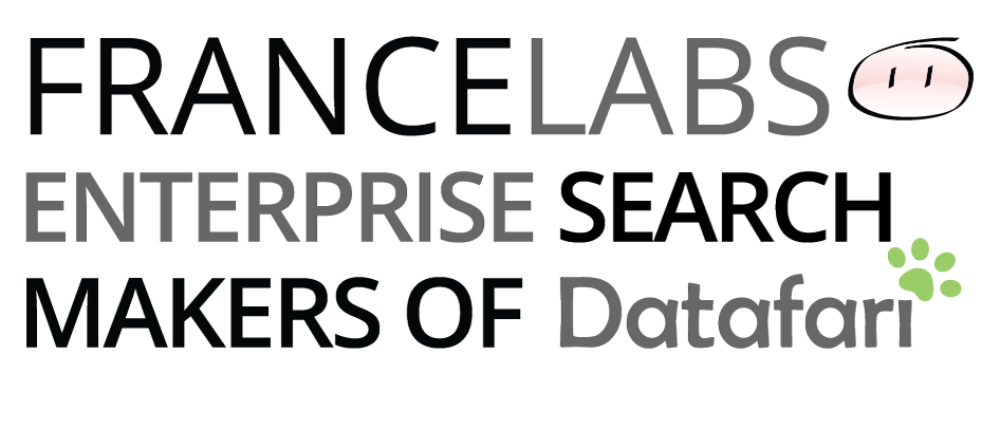NOTE: If you are interested in using ManifoldCF with Solr, you may want to look at our Datafari software , which combines Apache ManifoldCF with Solr, so it eases this kind of integration. The code is available on google code: https://github.com/francelabs/datafari
Manifold CF (MCF) provides a early-binding authorization mechanism for file searchs. The aim of this entry is to will describe this mechanism, and then to show you the different steps needed to configure MCF and Solr to use this fonctionnality.
MCF extracts ACLs from files at crawling-time, and injects them into Solr as specific fields for the Solr document. Continue reading
